Traditionally, technical support is conducted through a call center. However, today, technical support can be done via chat or online.
Managed IT services (MSPs)
Using a Managed IT services (MSP) provider allows businesses to scale their IT infrastructure without having to hire a full time technical staff. This gives them peace of mind. In addition to providing security, MSPs can manage the hardware and software needs of their clients. Some MSPs offer bundled services for one monthly fee.
A top notch MSP will help you create a customized IT roadmap. They’ll also set up a security plan to protect your data.
A quality MSP will monitor your network for threats, respond to issues remotely, and help keep your IT system running smoothly. They should also have a help desk that offers support around the clock.
Some MSPs specialize in certain industries. For example, you may need a partner in the education industry to ensure your students’ computers are properly protected against viruses and malware.
Remote system control (RSC)
Using Remote System Control (RSC), a server administrator can monitor, manage, and reboot a physical system from a remote location. RSC supports serial, Ethernet, and telnet connections, and can be installed on Solaris workstations. It can also be used to view diagnostic and error messages.
The show command displays the values of RSC configuration variables. It can display the current date and time, as well as the current temperature and front panel LED status. Some environmental information is not available when the server is in standby mode.
The console command connects to the server console from the RSC shell. During a session, it is a good idea to test whether the server is up and ping the system’s IP address to ensure that it is working. If the system is up and responding to ping, then it is safe to clear open sessions and then ssh or telnet to the operating environment.
Mean time to resolve (MTTR)
MTTR is one of the more important metrics for services providers. It measures the average time a system spends on repairs and diagnoses. It also shows how quickly a team can fix and recover a system. The MTTR is calculated by dividing the time a system is unavailable by the number of incidents.
A shorter MTTR indicates a higher level of reliability. It can help a company establish a baseline for performance issues, allowing for reduced costs and improved customer satisfaction.
A longer MTTR can harm a company’s reputation. It is a good idea to use MTTR in conjunction with other metrics. These will allow you to analyze specific parts of the process.
In addition to MTTR, you should also keep track of the Mean Time to Acknowledge (MTOA). This measures the speed of a team’s response. It is typically calculated using business hours.
Swarming support
Dispatch Swarming is an IT support pattern that addresses the shortcomings of a traditional tiered support structure. It improves productivity and reduces operating costs. The key advantage of swarming is the speed with which a critical incident can be resolved.
Swarming teams work in a highly collaborative way to solve incoming issues. Each team member has access to the knowledge and resources necessary to resolve an issue. Swarms are organized into pods, which can be based on geography, product line or feature. They are also often organized around a product environment or speciality.
To implement swarming, you will need a service management system that supports collaboration. It should also have real-time chat, as well as integration with other systems. It should also allow users to set conference bridges for collaborative conversations.
Ticketing tools
Ticketing tools for IT support can improve the customer experience by giving your customers the tools to get their problems solved faster. They are also an effective way to collect and analyze data about your company’s performance. They can be used to monitor customer satisfaction and alert you to issues that require immediate attention. Choosing the right tool can help your team manage the influx of inquiries and increase your return on investment.
The best ticketing tools for IT support will be able to connect your customers to your team across all major platforms. They will also be able to provide you with reports that give you actionable insights. These reports will allow you to better understand the scope of a problem and make more informed support decisions.
In addition to providing the best customer service, the best ticketing tools for IT support will help you streamline your processes and train your new reps more effectively. They will also be able to help you set up SLA policies and share alerts with other team members in the event of SLA violations.
